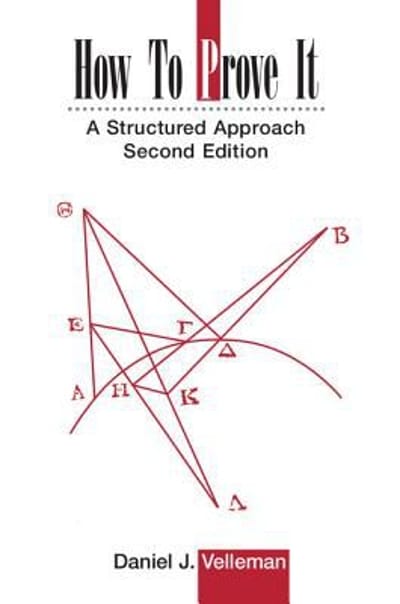Question
Brawdy Plastics, Inc., produces plastic seat belt retainers for General Motors at the Brawdy Plastics plant in Buffalo, New York. After final assembly and painting,
Brawdy Plastics, Inc., produces plastic seat belt retainers for General Motors at the Brawdy Plastics plant in Buffalo, New York. After final assembly and painting, the parts are placed on a conveyor belt that moves the parts past a final inspection station. How fast the parts move past the final inspection station depends upon the line speed of the conveyor belt (feet per minute). Although faster line speeds are desirable, management is concerned that increasing the line speed too much may not provide enough time for inspectors to identify which parts are actually defective. To test this theory, Brawdy Plastics conducted an experiment in which the same batch of parts, with a known number of defective parts, was inspected using a variety of line speeds. The following data were collected.
| Line Speed | Number of Defective Parts Found |
|---|---|
| 20 | 24 |
| 20 | 21 |
| 30 | 18 |
| 30 | 15 |
| 40 | 16 |
| 40 | 17 |
| 50 | 15 |
| 50 | 10 |
(a)
Develop a scatter diagram with the line speed as the independent variable.
A scatter diagram has 8 points plotted on it. The horizontal axis ranges from 0 to 60 and is labeled: Line Speed (feet per minute). The vertical axis ranges from 0 to 25 and is labeled: Number of Defective Parts. The points are plotted from left to right in an upward, diagonal direction starting in the lower left corner of the diagram and are between 20 to 50 on the horizontal axis and between 10 to 24 on the vertical axis.
A scatter diagram has 8 points plotted on it. The horizontal axis ranges from 0 to 60 and is labeled: Line Speed (feet per minute). The vertical axis ranges from 0 to 25 and is labeled: Number of Defective Parts. The points are plotted from left to right in an upward, diagonal direction starting in the lower left corner of the diagram and are between 20 to 50 on the horizontal axis and between 7 to 21 on the vertical axis.
A scatter diagram has 8 points plotted on it. The horizontal axis ranges from 0 to 60 and is labeled: Line Speed (feet per minute). The vertical axis ranges from 0 to 25 and is labeled: Number of Defective Parts. The points are plotted from left to right in a downward, diagonal direction starting in the upper left corner of the diagram and are between 20 to 50 on the horizontal axis and between 7 to 21 on the vertical axis.
A scatter diagram has 8 points plotted on it. The horizontal axis ranges from 0 to 60 and is labeled: Line Speed (feet per minute). The vertical axis ranges from 0 to 25 and is labeled: Number of Defective Parts. The points are plotted from left to right in a downward, diagonal direction starting in the upper left corner of the diagram and are between 20 to 50 on the horizontal axis and between 10 to 24 on the vertical axis.
(b)
What does the scatter diagram developed in part (a) indicate about the relationship between the two variables?
There appears to be a positive relationship between line speed (feet per minute) and the number of defective parts. There appears to be a negative relationship between line speed (feet per minute) and the number of defective parts. There appears to be no noticeable relationship between line speed (feet per minute) and the number of defective parts.
(c)
Use the least squares method to develop the estimated regression equation.
=
(d)
Predict the number of defective parts found for a line speed of 45 feet per minute.
Step by Step Solution
There are 3 Steps involved in it
Step: 1

Get Instant Access to Expert-Tailored Solutions
See step-by-step solutions with expert insights and AI powered tools for academic success
Step: 2

Step: 3

Ace Your Homework with AI
Get the answers you need in no time with our AI-driven, step-by-step assistance
Get Started


